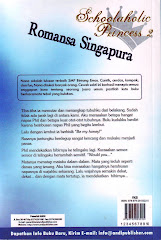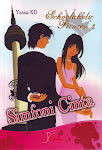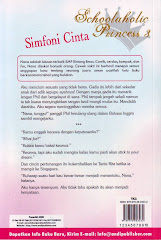Dongji (Winter Solstice) refers to the day in December when the sun is at its greatest distance from the equatorial plane. It’s the day when the length of daylight is at its shortest and nighttime at its longest.

Red beans and its red color are associated with the red color of yang (positive) of Eastern philosophy to ward off the presence of departed souls. Some Koreans consider the Winter Solstice as another New Year’s of sorts, in which the safe passing of the shortest day in winter meant an increase in age.
In the royal courts, during sambok, or the dog days of summer, red bean gruel was served to prevent various ailments caused by yeokshin, or the goddess of smallpox.
Red beans are believed to be effective in warming and hydrating the body because they have the greatest amount of vitamin B1 of all grains. Rice, the staple food of Korea, lacks vitamin B1, red beans were often steamed with rice or served in other forms such as gruel to replenish the body.
-Wash red beans thoroughly and then boil them in hot water to make red bean gruel.
-Once coming a boil, the pot is drained.
-The red beans are boiled again until soft
-Some glutinous rice is added to the mix and then boiled again.
Other comfort food for winter
Medicinal herbs, goldongmyeon (mixed noodles), naengmyeong (cold noodles), dongchimi (chopped radishes pickled in salted water), jangkimchi, makkimchi, roasted herring and sujeonggwa (a fruit drink made of honey, dried persimmons, pine nuts and cinnamon)
Patjuk (Red Bean Gruel)
• 1 cup non-glutinous rice
• 2 cups red beans
• 20 cups water
• 14 cups red beans, boiled water
• 2 cups glutinous rice flour
• 1/3 small tbs salt
• 3 tbs water
• 1/2 tbs salt
Instructions
1. Wash red beans thoroughly in cold water and soak in water for 2~3 hours.
Take the soaked red beans out and wash them again.
Then place them in a pot and simmer at medium heat for about an hour until the beans are soft enough to be crushed between your thumb and forefinger.
2. When the red beans are ready, take a wooden rice scoop and crush the boiled red beans through a metal sieve. Slowly pour some water on the sieve to completely drain the contents and discard the skins left on the sieve. Make sure the “red bean water” comes to approximately 14 cups in total.
3. Take the 2 cups of glutinous rice flour and knead into small round pieces 1.5~2 cm in size using hot water and salt. This is called (saearshim).

4. Pour the “red bean water” into a pot and add soaked rice into the mix. Start at high heat for 10 minutes and when the contents come to a boil, lower to medium heat and simmer for 30~40 minutes.
When the rice looks ready, add prepared red beans without skins and continue to boil at medium heat, stirring for about 5 minutes.
Next, add saearshim (kneaded pieces made from glutinous rice flour) into the pot and boil an additional 5 minutes.
When saearshim are cooked, the small pieces will float to surface. For a finishing touch, sprinkle some salt for seasoning.
Tips: Injeulmi or rice cake covered with bean flour sliced to small pieces, can replace saearshim.
 Red beans and its red color are associated with the red color of yang (positive) of Eastern philosophy to ward off the presence of departed souls. Some Koreans consider the Winter Solstice as another New Year’s of sorts, in which the safe passing of the shortest day in winter meant an increase in age.
Red beans and its red color are associated with the red color of yang (positive) of Eastern philosophy to ward off the presence of departed souls. Some Koreans consider the Winter Solstice as another New Year’s of sorts, in which the safe passing of the shortest day in winter meant an increase in age.



















No comments:
Post a Comment